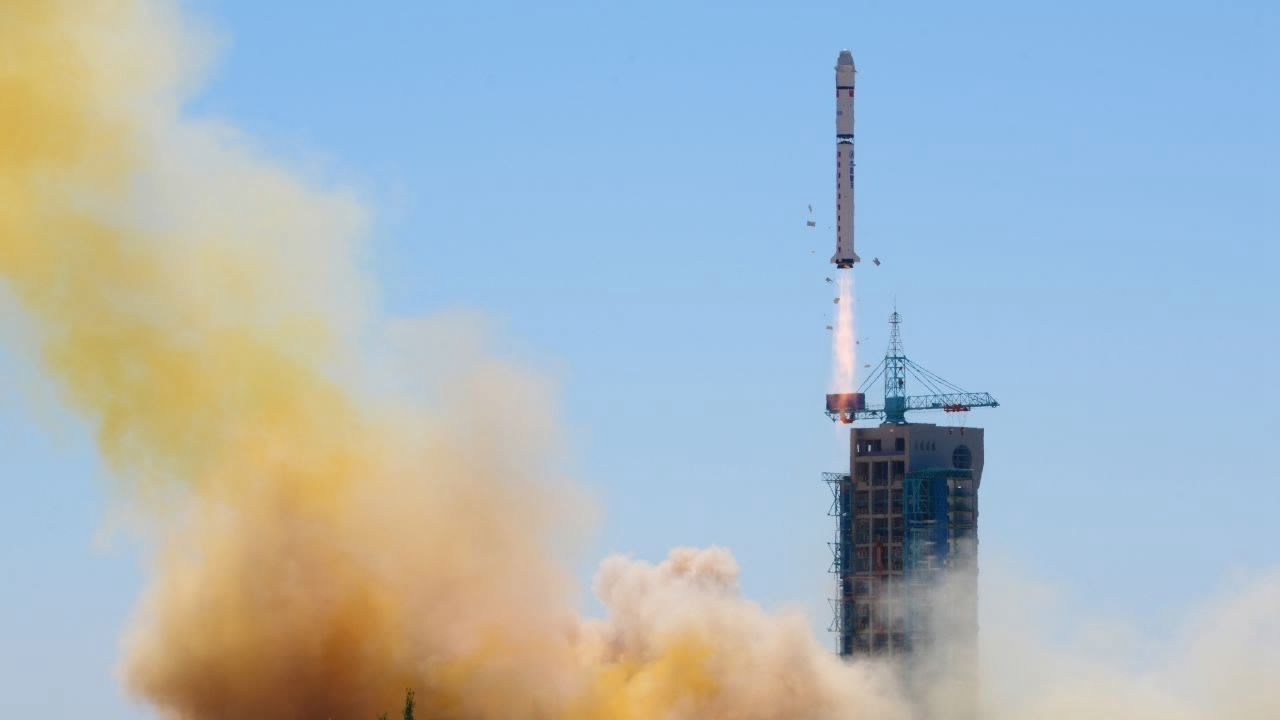
Space
17:59, 09-Oct-2017
China successfully launches remote sensing satellite VRSS-2 for Venezuela
By Wang Xueying

China has successfully launched Venezuela's remote sensing satellite, VRSS-2, into preset Sun synchronous orbit from the Jiuquan Satellite Launch Center in northwest China's Gobi desert at 12:13 local time.
The remote sensing satellite was launched by a Chinese Long March-2D carrier rocket, which was designed by the Shanghai Academy of Spaceflight Technology. The mission was the 252nd flight mission for the whole Long March rocket family.
The VRSS-2 is Venezuela's second remote-sensing satellite and the third to have been jointly launched and developed with China.

A Chinese Long March-2D rocket launched the VRSS-2 satellite for Venezuela. /China News Service Photo
A Chinese Long March-2D rocket launched the VRSS-2 satellite for Venezuela. /China News Service Photo
In 2008, China launched Venezuela's first telecommunications satellite with the name of VENESAT-1. Four years later, Venezuelan's first remote sensing satellite, the VRSS-1, was thrust into space from China. The satellite was built in 2011 after a deal between Venezuela and China was signed, which was worth 144.8 million US dollars.
In 2014, the deal for the development as well as the launch of the VRSS-2 was reached by the Venezuelan government and China Great Wall Industry Corporation.

VRSS-1 picture. /Wikipedia Photo
VRSS-1 picture. /Wikipedia Photo
Similar to the VRSS-1, the VRSS-2 is also based on the CAST2000 satellite bus, which was developed by the China Academy of Space Technology, the subsidiary of the China Aerospace Science and Technology Corporation.
The new satellite will primarily apply to the use of land resources inspection, environmental protection, disaster monitoring and management, crop yield estimation and city planning, according to the Bolivarian Agency for Space Activities.
Source(s): Xinhua News Agency

SITEMAP
Copyright © 2018 CGTN. Beijing ICP prepared NO.16065310-3
Copyright © 2018 CGTN. Beijing ICP prepared NO.16065310-3